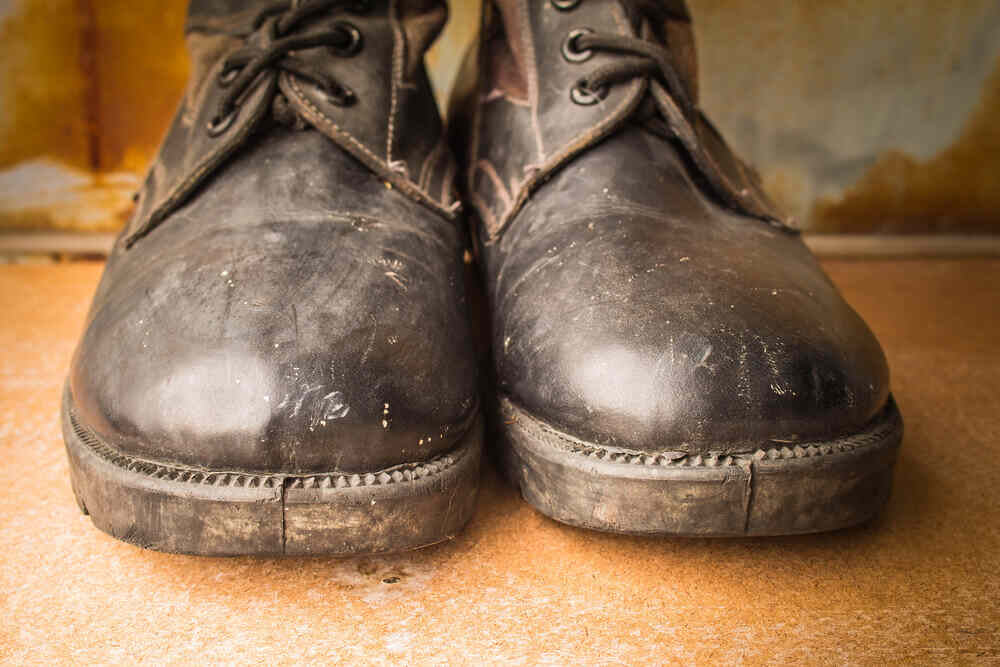We all know that a quality work boot is like a reliable teammate for those long days on the job site. Whether you're navigating construction sites, fishing boats, military bases, or any other industry, the right pair of boots can make all the difference.
From dodging heavy objects to staying steady on slippery decks or rugged terrains, every workplace comes with its own set of hazards. That's why choosing the right pair of boots tailored to your industry can be a game-changer in keeping you safe, comfortable, and ready to tackle whatever the job throws your way.
Let’s help you pick the perfect pair for your trade.
Importance of Choosing the Right Work Boot for Your Job
Your feet are your foundation, literally and figuratively. The right pair of boots doesn’t just keep your feet comfortable; they protect you from a wide range of hazards like sharp and heavy objects. Plus, they can save you from trips and falls on slippery surfaces or wet and muddy terrain.
Imagine working a long shift in uncomfortable boots that don't fit right. Sounds like a nightmare, right? You deserve better. A proper work boot can prevent foot fatigue, keep your feet warm in cold conditions, let them breathe when it's hot, and ensure you’re ready to tackle any job with confidence.
According to the U.S. Bureau of Labor Statistics, in 2022, there were 2.3 million work-related injuries, with over half a million related to falls, slips, and trips. So, it's safe to say choosing the right work boots for your industry is paramount as part of your job equipment. Don't become another statistic. Choose the right work boots for your occupation.






How Do I Choose the Right Boot for My Job? Key Factors to Consider
Given the many options available, choosing the appropriate work boot for your industry can feel overwhelming. When it comes to work boots, one size does not fit all. Your job, your environment, and your feet all play a role in finding that perfect pair. It boils down to understanding your job requirements and prioritizing safety and comfort.
You need a protective work boot that offers a solid layer of protection while also being tailored to the weather conditions and specific hazards you face. Plus, safety features should never be overlooked; they're the unsung heroes that keep you safe on the job. Here are a few key considerations to focus on to help with your decision-making process.
Safety Standards and Regulations: Know Your Hazards
Selecting the right work boots for your job means understanding the importance of compliance with safety standards for each industry. After all, safety is a crucial aspect of any job that involves physical labor. From safety shoes to specialized protective features, ensuring your footwear meets these standards can significantly reduce the potential for accidents on the job site.
- OSHA Requirements for Work Boots in Different Industries
The Occupational Safety and Health Administration (OSHA) has set specific safety standards for work boots across various industries. For example, construction work boots often need to have electrical hazard protection and steel toes to meet OSHA’s guidelines.
- ASTM Standards for Protective Footwear
When shopping for work boots, look for those that meet the ASTM standards (American Society for Testing and Materials). This ensures they include non-negotiable features that provide adequate protection against sharp objects, heavy materials, and other workplace hazards.
Types of Safety Work Boots: Safety Toes 101
Boot construction, including safety features, is key to keeping your feet safe on the job. One of the most essential elements in this realm is the safety toe caps, offering extra protection against potential hazards.
- Steel Toe Boots: Steel toe caps are the classics, offering excellent protection against impact and sharp objects. They're a staple in the construction industry and great for jobs where you're dealing with heavy equipment or falling objects, as they prevent foot injuries.
- Composite Toe Boots: Made from synthetic or composite materials, these boots are lighter than steel toes but still offer solid protection against impact and sharp objects. Workers looking for the best composite toe work boots appreciate their durability and the added bonus that they won’t set off a metal detector.
- Alloy Toe Boots: Alloy work boots are equipped with toe caps made of metal other than steel, with aluminum safety toes being the most common. Despite being lighter than steel toes, they deliver the same robust protection against hazardous impact or compression. Lightweight but ready to take a hit.
- Metatarsal protection: Heavyweights, meet your match. Whether it’s a falling toolbox or a rogue anvil, internal and external metatarsal guards absorb the force and keep your metatarsal bones intact. For workers in hazardous environments, metatarsal work boots are an essential safety feature to ensure protection and durability on the job.
Material Matters: Leather vs. Synthetic
Now, let’s talk about the stuff your boots are made of. Leather work boots are the classics – durable, rugged, and timeless. Full-grain leather is the gold standard. It’s tough, ages gracefully, and molds to your feet over time. These boots can handle everything from heavy machinery to long days on your feet.
Synthetic boots are lightweight, often more affordable, and come in a wide range of styles. Look for boots made from composite materials – a blend of sturdy fabrics that offer adequate protection without the weight of steel. These boots won’t weigh you down, even if you’re hauling heavy materials.
For those working in wet conditions, waterproof work boots are a must-have. Made from full-grain leather or synthetic materials with waterproofing treatments, these boots keep your feet dry and cozy.
Insulation and Breathability
You’re going to spend hours in those boots, so they better treat your feet right. Working in cold temperatures? Go for quality insulated boots. Insulated materials trap warmth, keeping your toes toasty even in freezing weather to ensure maximum comfort. When the sun’s out, you need boots that breathe (you don't want your feet stewing in their own juices). Look for breathable materials and ventilated designs.
Traction and Soles
Ever worked on an oil-slicked floor? Not fun. Boots with slip-resistant soles grip the ground firmly and reliably on wet surfaces. When it comes to uneven surfaces, soles with patterns can help you maintain your footing, whether you're navigating a construction site littered with debris or working on messy outdoor terrain.
Best Work Boots for Each Industry: Be the Master of Your Trade
Each industry has its unique challenges. Whether you're navigating slippery forest floors in the logging industry or working in extreme conditions deep underground in mining, the right pair of boots with the right features can help keep you safe and comfortable throughout the workday.
Let's find the perfect work boot for your profession and related job hazards.
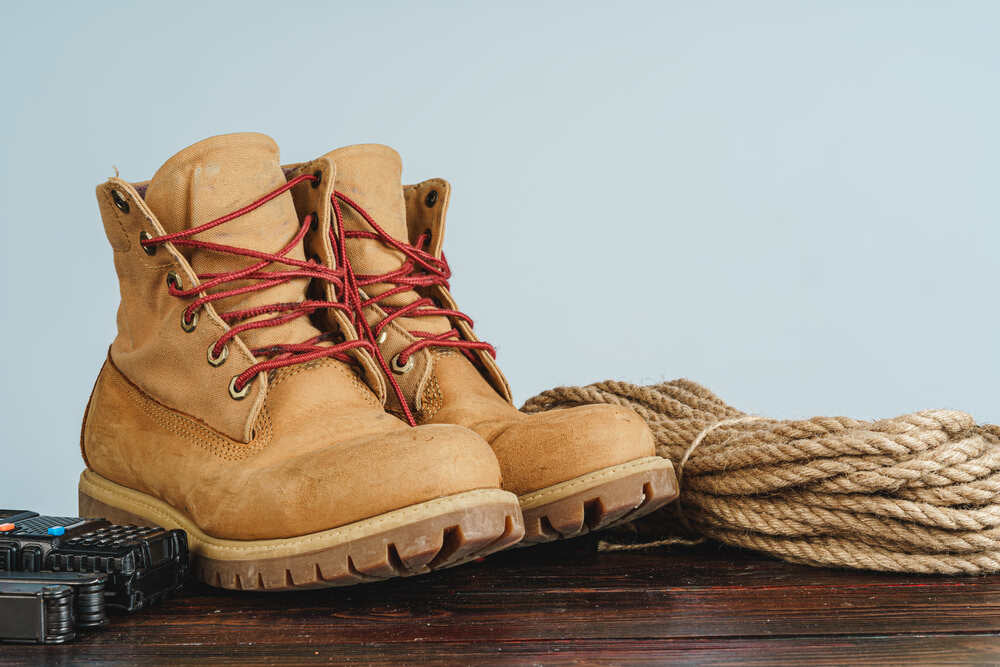
1. Construction Industry
If you’re a construction worker navigating construction sites or any field where heavy objects threaten your toes, opt for boots with steel toes for heavy-duty protection. These reinforced caps provide excellent protection against impact. Plus, they double as a tool for kicking stubborn debris out of your way.
The best construction boots will also feature slip-resistant outsoles to keep you steady on ladders and slippery floors, along with waterproofing to keep your feet dry in all conditions. Additionally, look for boots with metatarsal guards for added protection on the top of your foot, ensuring comprehensive safety from all angles.
Focus on:
- Reinforced steel or composite safety toes
- Metatarsal protection
- Slip and puncture-resistant soles
- Arch support and cushioning
- Waterproofing
2. Warehouse & Light Industrial
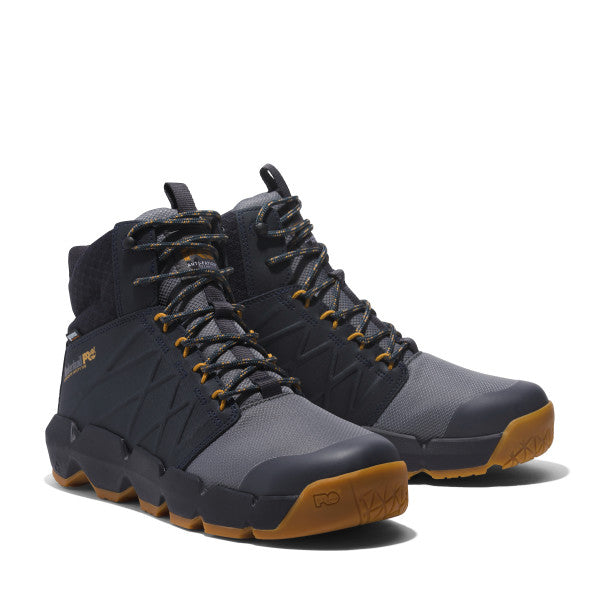





Industrial work sites, where long hours on your feet are the norm, require footwear that strikes a balance between durability and comfort. The right work boots for this industry should feature slip-resistant outsoles to navigate smooth warehouse floors safely. Best warehouse shoes not only provide the traction needed for safety but also ensure lightweight protection, such as composite toe caps, to keep you comfortable during busy shifts.
Additionally, electrical hazard protection will shield against potential electrical currents, ensuring a safer work environment. Lastly, opting for boots made from durable materials ensures longevity, standing up to the daily wear and tear of industrial settings.
Focus on:
- Slip-resistant rubber outsoles
- Composite toe caps
- Electrical hazard protection
- Durable and breathable materials
3. Best Work Boots for the Oil and Gas Industry






Working in the oil and gas industry demands resilience and robust protection, both from the environment and the job's demands. It's crucial to have reliable footwear that can withstand exposure to petroleum products without wearing out.
That's where our oil resistant work boots come into play. Designed to last and offer additional protection, these are tailored to the unique challenges of the oil and gas sector. With their oil-resistant features and durable construction, they're a solid choice for anyone tackling the tough tasks in this industry.
- Oil and chemical-resistant materials
- Steel shank support
- Heat-resistant soles
- Waterproofing
4. Electrical Work






For lineman and tower climbers, protection is crucial, requiring electrical hazard protection boots with insulated materials to safeguard against electrical shocks. Composite toes offer the added benefit of protection against impact without conducting electricity, offering the sweet spot between safety and functionality.
Ankle support and a snug fit are also key to provide stability when navigating heights, making these features non-negotiables for those in the electrical industry.
- Electrical Hazard (EH) Rating
- Composite toe caps
- Insulated materials
- Slip-resistant outsoles
- Waterproofing or chemical-resistance
5. Mining Industry





In the demanding and rugged environment of the mining industry, safety is paramount, so look for boots with steel toe protection to guard against heavy machinery and falling objects. Puncture-resistant soles are a must for mining boots to protect against sharp rocks and debris commonly found in mining operations.
Heat-resistant materials are also essential to withstand high temperatures and hot surfaces often encountered in mining settings. Electrical hazard protection is also crucial to insulate against potential electrical shocks.
- Steel toe protection
- Puncture-resistant soles with deep lugs
- Heat-resistant materials
- Electrical hazard protection
6. Logging & Foresting






Working outdoors means exposure to cold, rain, and mud – you need all the protective features to keep your feet warm, dry, and firm on the ground. Forest environments can be rugged, so boots with reinforced materials around the lower legs and knees can protect against thorns and abrasions.
- Steel toe protection
- Slip-resistant soles
- Waterproofing or water-resistance
- Puncture and cut-resistance
- Ankle support and high-top designs
- Elevated heels
7. Commercial Fishing






The best fishing boots must be 100% waterproof to withstand the constant exposure to water and marine environments. Slip-resistant outsoles provide reliable traction on wet and slippery decks, ensuring stability, while salt-resistant materials prevent deterioration from exposure to saltwater, extending the lifespan of the boots.
Insulation can help keep your feet warm in the cold and wet environment, while steel toe protection guards against heavy fishing gear and equipment.
- Waterproofing
- Slip-resistant soles
- Insulation
- Saltwater resistance
- Rubber or neoprene materials
8. Farming and Agricultural


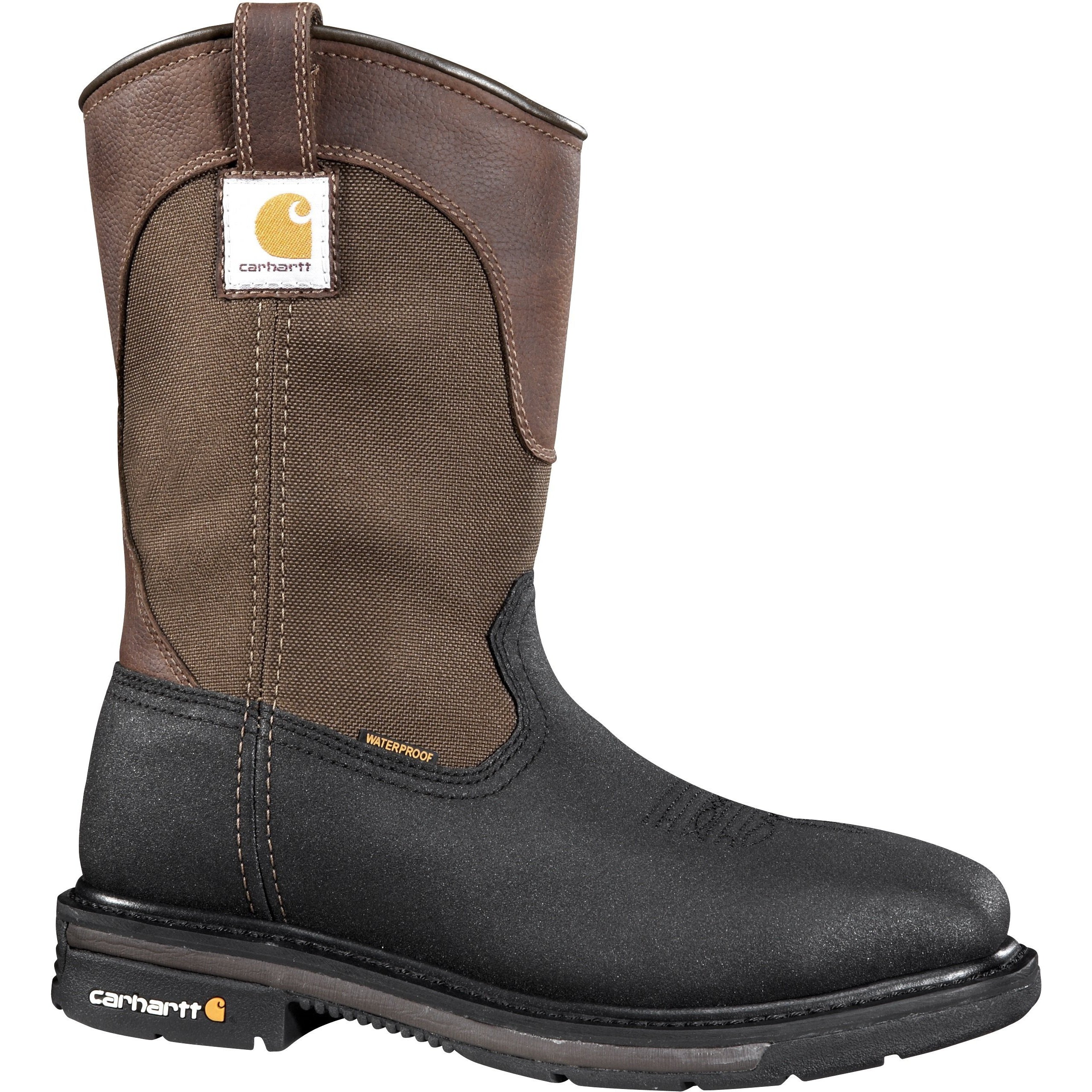
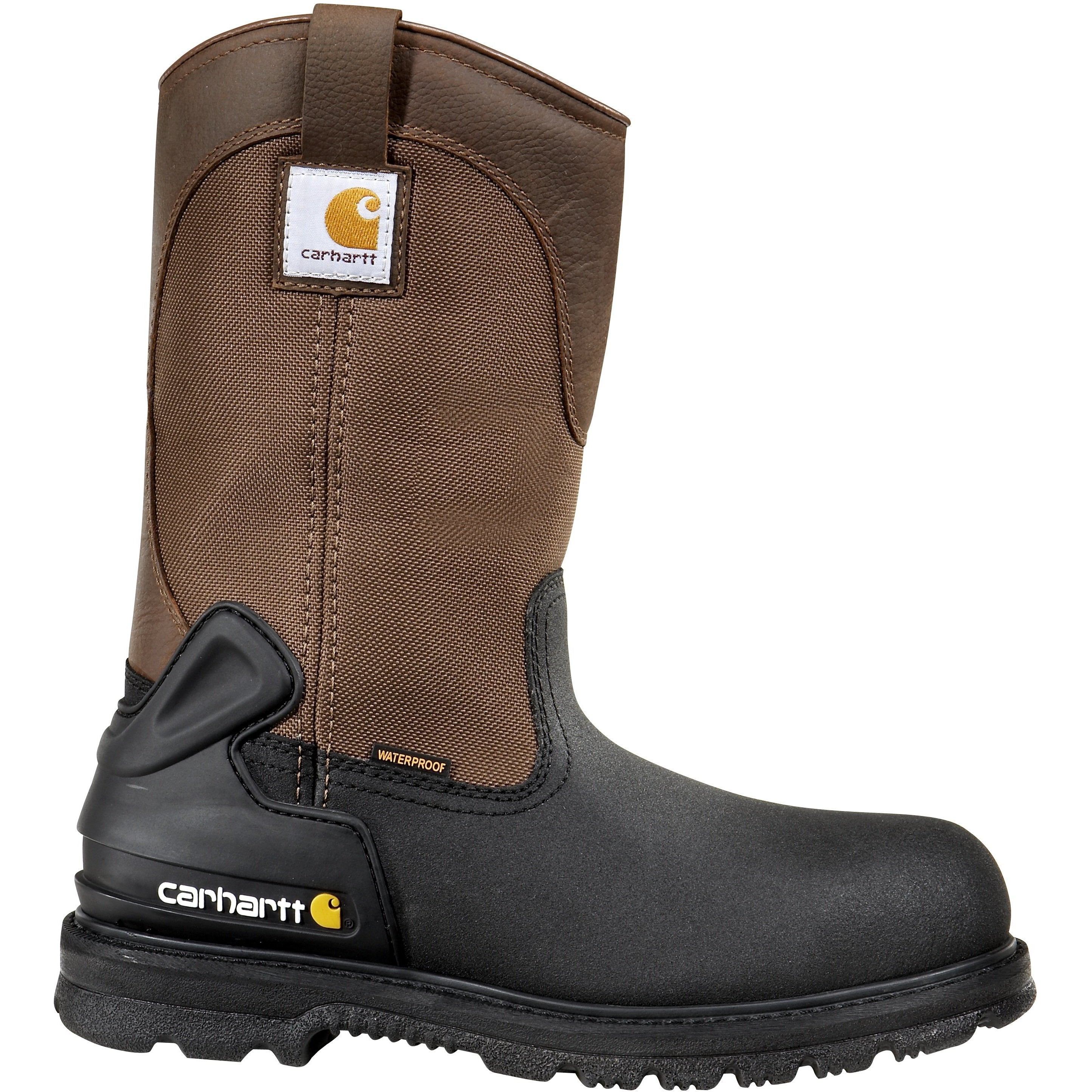


Waterproof work boots with rubber soles to protect against mud, water, and chemicals such as fertilizers and pesticides are essential for handling the diverse tasks that come with the territory. Farm work boots with these features not only keep feet dry and safe from harmful substances but also make cleaning up after a long day's work much easier.
Comfort and durability are also important to withstand rugged terrain and long hours. Look for boots with cushioned insoles and breathable materials to keep feet comfortable and reduce fatigue during those extended shifts. Ankle support can also provide added stability when navigating uneven ground.
- Waterproofing and/or chemical-resistance
- Steel toe or composite toes
- Slip-resistant outsoles with tread pattern
- Cement construction and steel shanks
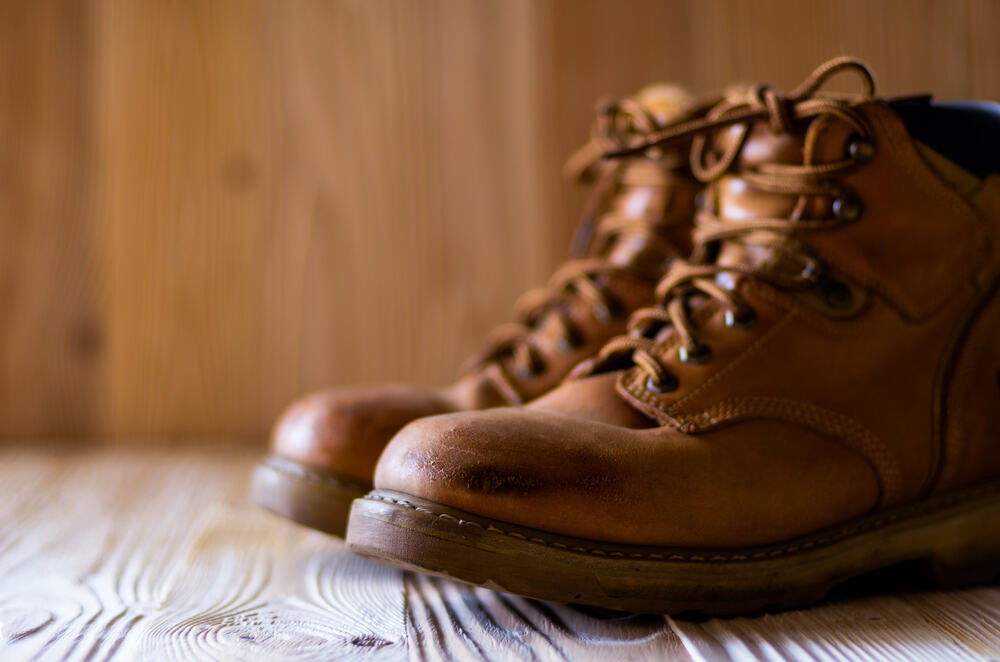
9. Military & Law Enforcement



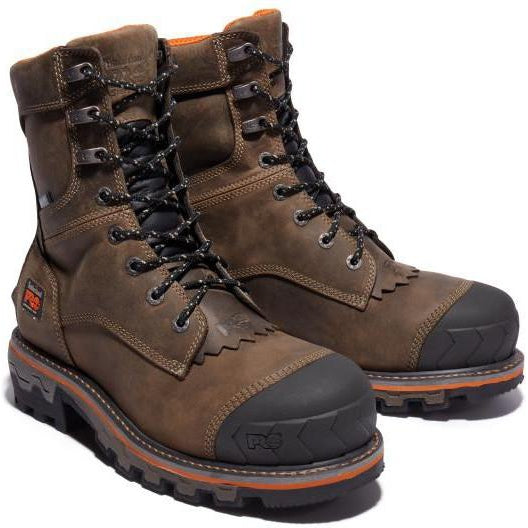


Police, tactical, and military personnel, as well as first responders, need work boots built to withstand rigorous activities and environments. That means lightweight protection and ruggedness without compromising mobility. High-top design or reinforced ankle areas for added stability. Zipper closures, side pockets, and specialized lacing systems are a plus.
Focus on:
- Durability
- Composite toe caps
- Lugged outsoles
- Additional ankle support
- Quick lacing systems
- Tactical features
Quality Over Everything, Whatever the Industry
Remember, a quality work boot is the difference between trouble ahead and a productive day. Choosing the right work boot for your profession and its demands is about safety, comfort, and performance. Before you even start browsing, consider the unique risk of injuries associated with your line of work. Are you dealing with sharp objects, heavy materials, or slippery floors? Maybe you’re braving the elements in extreme temperatures or wet environments.
Whatever your daily challenges, your work boots need to be up to the task. To find one that meets your industry standards and demands, look no further than Overlook Boots. We carry a wide range of work footwear brands tailored to various industries in a variety of styles, ensuring you'll find an excellent option that fits your needs.
Don't compromise when it comes to your feet. Invest in a pair that ticks all your boxes and keeps you going strong, day in and day out. Stay safe out there, and let your boots do the heavy lifting.
